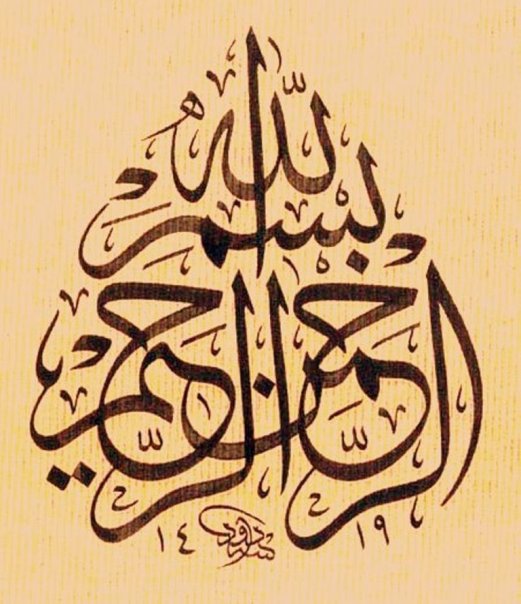


Arabic or Persian calligraphy has also been incorporated into modern art, beginning with the post-colonial period in the Middle East, as well as the more recent style of calligraffiti. There are several variations of each, as well as regionally specific styles. Islamic calligraphy developed from two major styles: Kufic and Naskh. For instance, the Islamic prophet Muhammad is related to have said: "The first thing God created was the pen." The prevalence of calligraphy in Islamic art is not directly related to its non-figural tradition rather, it reflects the centrality of the notion of writing and written text in Islam. Like all Islamic art, it encompasses a diverse array of works created in a wide variety of contexts. However, Islamic calligraphy is not limited to strictly religious subjects, objects, or spaces. An ancient Arabic proverb illustrates this point by emphatically stating that "Purity of writing is purity of the soul." Calligraphy was a valued art form, even as a moral good. In the ancient world, though, artists would often get around this prohibition by using strands of tiny writing to construct lines and images. The style later developed into several varieties, including floral, foliated, plaited or interlaced, bordered, and square kufic. Although some scholars dispute this, Kufic script was supposedly developed around the end of the 7th century in Kufa, Iraq, from which it takes its name. Although artistic depictions of people and animals are not explicitly forbidden by the Qur'an, pictures have traditionally been limited in Islamic books in order to avoid idolatry. The development of Islamic calligraphy is strongly tied to the Qur'an chapters and excerpts from the Qur'an are a common and almost universal text upon which Islamic calligraphy is based.

It is known in Arabic as khatt Arabi ( خط عربي), which translates into Arabic line, design, or construction. It includes Arabic, Persian, Ottoman, and Urdu calligraphy. Islamic calligraphy is the artistic practice of handwriting and calligraphy, in the languages which use Arabic alphabet or the alphabets derived from it.


 0 kommentar(er)
0 kommentar(er)
